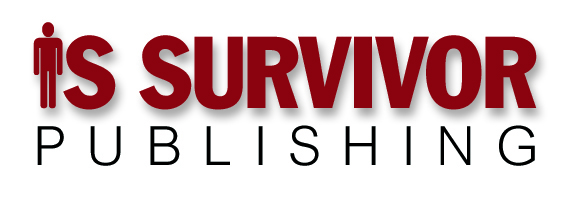No, no, no. I wasn’t talking about Social Security and credit card numbers. It’s all the stuff companies claim is uniquely valuable, that has never occurred to competitors, and that would never occur to them unless and until someone sent them a PowerPoint deck.
Last week’s KJR made the case that most businesses have become so permeable that it’s a fact, not a problem, which means they have to deal with it, not solve it.
And further, that the best way to deal with permeability is to take advantage of it as a better path to profitability than trying to build ever-higher and thicker walls around the enterprise.
As all software testers know, good test plans include a plentiful portion of edge cases, so it isn’t surprising some correspondents expressed concern that KJR might take the position that corporations should relax their controls on information whose compromise could result in, for example, identity theft.
These edge cases are good tests, only not of the overall principle. Customer identification and privacy information? Protect it to the best of your ability. Short-term plans where whoever gets to market first wins big? Protect those to the best of your ability, too.
The process you use for purchase-order/invoice reconciliation, or, as Jimmy John’s notoriously seems to think needs protecting, for making a ham and cheese sandwich?
Uh … no.
As pointed out last week, many business theorists and leaders, for several decades now, have considered employees to be fungible commodities, to be traded into and out of the pool of available talent without compunction or regret.
But when they’re traded, they take their knowledge with them — an apparently unintended consequence of this employment philosophy.
Shared knowledge is at the heart of the Cognitive Enterprise. One consequence of replacing a long-term employee who has a vast fund of institutional knowledge is …
Well, it depends. If the employee’s replacement is quite a lot less experienced, or if there is no replacement, the enterprise’s total shared-knowledge account will have been diminished.
If, on the other hand, the business replaces the departing employee with one who has just as large a fund of institutional knowledge, or larger, only it’s a fund accumulated in different institutions, then the enterprise’s shared-knowledge account will increase.
It’s permeability in action, even without any electronic knowledge sharing. Imagine the company chart of accounts had a way to track shared knowledge. Think its executives might make different staffing decisions?
It would be an intriguing exercise in finance, figuring out how to tote up all of the valuable knowledge held in an organization. The trickiest part wouldn’t be how to put a number on it. Not that this would be easy, understand, but given how many non-disclosure agreements claim that revealing any of it would cause irreparable harm, you’d think someone would know how big a number “irreparable” is, at least approximately.
Not to keep you in suspense, here’s what would be the trickiest part: In a cognitive enterprise, knowledge is widely shared — it’s what the whole organization knows that counts, not just what an individual who works there knows.
Which gets to one of my own trade secrets, which I’m allowed to share with you because it was knowledge I had that preceded my joining Dell Services: No matter what the challenge or issue, there are employees who know all about it and what to do about it. Their problem, and one of my best ways of earning my keep as a consultant, is that until my team and I show up, nobody has any interest in what they have to say.
To be fair, after my teams and I show up and do listen to them, putting it all together into a nice, coherent narrative and plan, very often client leadership doesn’t want to hear it from us, either. It is, I guess, cognition prevention at the highest levels of leadership.
This is also why embracing permeability is a safe knowledge management tactic: If your company’s stuff makes it into, for example, a LinkedIn discussion forum where the employees of other companies read all about it, you have little to worry about.
The odds are long nobody will listen to them after your employees have made them smarter. If you’re smart, you won’t duplicate that mistake.
So stop trying to protect your own IP and learn from all those other folks who are sharing theirs.
Once more thing. If you think this week’s KJR is worth sharing, please do so. Just make sure to respect the copyright notice at the bottom when you do.
